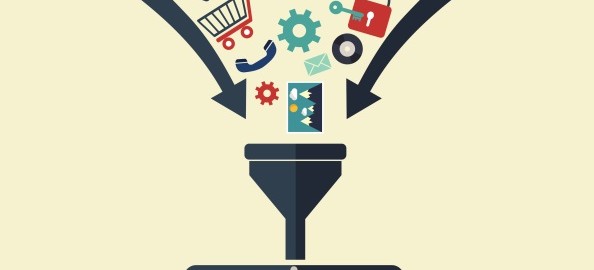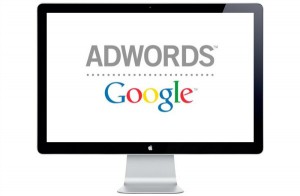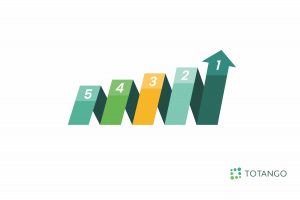
It’s the age of digital and we are all wired in. Smart phones, tablets, hundreds of television channels, thousands of apps, social media, and online shopping are part of our everyday culture.
Before the digital revolution, in the not so distant past, marketers focused on creating compelling ads for the Sunday circulars, producing television commercials, and perhaps come up with some killer creative for a billboard or two. The job of the marketer has quickly evolved to keep up with technology and marketers are now crunching statistics, targeting individuals versus the masses, and trying to navigate through thousands of channels to reach their target audience.
While this sounds more than a little overwhelming, the digital revolution has produced tons of data, and from this data-driven marketers are gaining better insights and more clarity into today’s consumers than ever before.
Top Uses for Big Data in Digital Marketing
According to a recent survey by 2nd Watch, 86% of survey respondents said their organization is either using or planning to use Big Data to support their digital marketing efforts. Additionally, nearly three-quarters of those using big data to support digital marketing said their efforts have either been “quite” or “extremely” effective, and 83% said it’s likely that they’ll expand the use of big data to support marketing campaigns.
The research also reports that the top uses for Big Data in digital marketing include:
- 29% To better understand customer insights
- 18% To improve the supply chain
- 16% To power campaigns and promotions

How to Target Consumers Digitally with Big Data
When it comes to digital marketing, online data is the fuel that drives success and marketers must collect and integrate these online data sets into a marketing database. Marketers may have plenty of off-line data, such as name, telephone number, or mailing address. However, consider that one of the most cost effective types of digital marketing is email. And while email addresses don’t constitute Big Data, industry averages are $ 40 ROI for every dollar spent on email marketing.
While email is just one example of how to target consumers digitally, other forms such as content marketing and paid search advertising are also popular strategies in the digital toolkit. And as more marketers are becoming comfortable with this way of on-line messaging, the potential of Big Data is appealing. Beyond more traditional types of data, these Big Data sets include the thousands of social posts, searches, transactions, and other hard-to-find data sets occurring every minute.
A Data-as-a-Service (DaaS) provider sources real-time data assets from the Big Data ecosystem and delivers prospects to a company or their channel partners for immediate messaging. Imagine getting streams of highly qualified prospects and even your own customers who are ready to purchase now based on their online searches or information they are sharing on social platforms. What if you could market to consumers who are searching at that moment for your competition? Or imagine the power of being able to enhance your internal marketing database with highly specialized and unique data sources for real-time multi-channel marketing campaigns.

Six Sources of Big Data
The information being generated from Big Data can be segmented into six specific categories:
- Web Mining: Data compiled by mining the open web. This includes automated processes of discovering and extracting information from Web documents and servers, including mining unstructured data. This can be information extracted from server logs and browser activity, information extracted about the links and structure of a site, or information extracted from page content and documents.
- Search Information: Data available as a result of browser activity tracking search and intent behavior. This data also identifies digital audiences through onboarding (matching consumers to their online IDs).
- Social Media: The average global Internet user spends two and a half hours daily on social media. A vast array of data is available on personal preferences, likes, “check-ins,” shares, and comments users are making.
- Crowd Sourcing: This is collective intelligence gathered from the public. Data is compiled from multiple sources or large communities of people, including forums, surveys, polls, and other types of user-generated media.
- Transactional: Data that is created when organizations conduct business, and can be financial, logistical or any related process involving activities such as purchases, requests, insurance claims, deposits, withdrawals, flight reservations, credit card purchases, etc.
- Mobile: Mobile data is driving the largest surge in data volume. It isn’t only a function of smartphone penetration and consumer usage patterns. The data is also created by apps or other services working in the background.
DaaS provides highly specialized data assets that have already been mined from these Big Data sources. These data sets are then onboarded to create a digitally addressable set of consumers. This may be an email address, online cookie, or social ID, enabling marketers to quickly and seamlessly identify consumers online for highly targeted digital messaging at its best.
To learn how to run successful data-driven marketing campaigns with real-time data and analytics, download this free eBook.
(180)






